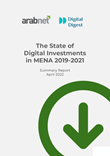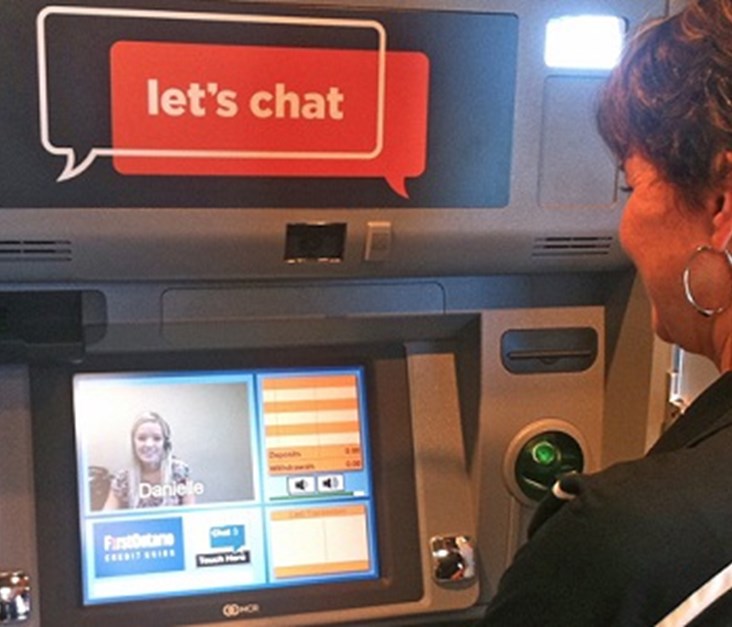SMART Is the New “e”: How to Avoid the Mistakes of the 2000s
Back
Not too long ago, many headlines with the word “SMART” flooded the news. One story was how the Saudi authorities planned to transform the city of Arafat into a “Smart City”, which was published on our (01government.com) portal at the relevant time in the year’s hajj season. Elsewhere around the world, headlines with “SMART” were for stories about Dubai Police using smart applications with Google Glasses to fight crime, Dubai Municipality using drones to carry out aerial surveys and India’s government announcing ambitious plans to launch 100 (yes, you read it right!) SMART cities, amongst other countless stories from London, San Francisco, Melbourne, Rio de Janeiro and Cape Town.
It can’t be more obvious – we have entered a decade where SMART is considered an essential ingredient for any technology-driven innovation project at enterprise, city or national levels. This decade follows more than two decades of “electronic” or “e” initiatives – particularly in the public sector.
Through the e-government journey in the Arab region and worldwide, we have learned many lessons from the successes as well as the failures. As a consequence, every time I come across a new SMART initiative, the following question pops into my mind: How can we avoid repeating the mistakes of the “e” era and maximise the success of these SMART initiatives?
By “we”, I mean all key stakeholders who contribute to the initiatives including government leaders, private sector technology and innovation companies, academic and research institutions in addition to citizens and society in general.
To provide helpful recommendations as an answer to the question, let’s first remember that the essential mission of any government remains the same: to create value for its citizens, which can be expressed in many ways, including ensuring their ability to access high-quality public services.
Unlike the 1990s, SMART initiatives today are launched in an era where “Public sector leaders around the world face a daunting challenge to deliver good government in the 21st century. They are under increasing pressure to deliver more and better services to a growing urbanised population, and to manage complex issues, from macroeconomic uncertainty to international conflicts, in an environment of diminishing trust in government, increasing bureaucratic complexity and natural resource constraints.”[1]
Having said this, I’d love to spark a discussion with you by presenting the following four recommendations that cover some of the technology and policy issues related to any typical SMART initiative:
· It’s not about the technology! It’s true that technology is the key enabler for all these initiatives, but it may well be very risky to focus on technology alone. In fact, this has been a key reason behind the failure of many e-government projects in our region and worldwide. Such failures have taught us to put SMART projects in context within the wider continuous transformation of government and society, and to consider many non-technological issues, including the level of readiness of government institutions as well as the citizens to handle such projects and benefit from the outcomes. As the World Economic Forum puts it: “Technology on its own is not enough to build smart, modern governments.”[2]We shouldn’t forget that Arab societies vary greatly in their political and socio-economic situations and the illiteracy rate – for example – reaches 40% in some of these societies.[3]
· Engage the citizens: Openness and collaboration are among the key features of today’s digital world. As we witness an increasing gap between citizens’ expectations and the actual level of government performance around the world, engaging citizens in government decision-making has proven to be effective and efficient in designing government policies and services that meet or at least come close to these high expectations. There is no better and more fitting example than #UAEBrainStormingSession, the nationwide brainstorming session, which was launched by a tweet sent by His Highness Sheikh Mohammed, Vice President and Prime Minister of the UAE and Ruler of Dubai. A post on his Facebook page in December 2013 invited “all of UAE society to think collectively of creative solutions” to “find new ideas for health and education”. Within a few days, more than 82,000 ideas and suggestions had been submitted by citizens via social media and other electronic means and actual government decisions and policies were announced based on them.[4]
· Data! Data! Data! Neelie Kroes, Vice-President of the European Commission responsible for the Digital Agenda, has labelled data as “the new oil for our economy” when commenting on an estimation that data could stimulate a market worth 70 billion Euros a year.[5] Sharing government data with the public can – in addition to the economic value – enable citizen engagement and help governments tap into the innovative capabilities of its citizens through collaboration to find solutions to various challenges. Solutions can emerge as SMART applications or data-driven policy recommendations. The SMART London Plan is an excellent example of this, where “open data” is considered a key pillar of the plan.[6]
· Innovate and Lead: Here’s the bright side in our Arab region (and we have many of them!): more than 50% of our population is under 25.[7] Despite unemployment and other related issues, these young people are highly energetic and a significant percentage of them are well educated and innovative by world-class standards. Today’s SMART initiatives should be seen by our government and society leaders as opportunities to spark the innovative capabilities of the youth in creating SMART solutions and contributing to solving universal problems that face humanity today, rather than merely continuing to consume technology. However, making this shift requires changes in priorities: our gross domestic expenditure on research and development (GERD) as a percentage of GDP is much lower than the world average and varies from 0.1% to 1.0% of GDP, whereas advanced countries spend over 2.5% of their GDP on R&D.[8] Most of the giant technology companies that operate in our region (e.g. Google and Facebook), dedicate this regional presence to sales, not R&D. This situation has to change and today we have an excellent opportunity to do so.
Depending on the priorities and contexts that lead them, SMART initiatives can be viewed from varying perspectives. However, I strongly believe that they represent an opportunity for us to significantly improve public administration in our Arab region and our societies.
We can’t seize the opportunity of this SMART era by applying the strategies and tactics of the previous “e” era, and while the majority of us might be busy with the actual implementation of SMART initiatives, I strongly believe we should allocate part of our resources to innovating new ways to move forwards with the opportunities. I hope these four recommendations will be useful in shaping our discussions.
[1] Global Agenda Council on the Future of Government. Future of Government Smart Toolbox, June, 2012.
[2] Global Agenda Council on the Future of Government. Future of Government Smart Toolbox, June, 2012.
[3] http://www.unesco.org/education/uie/pdf/country/arab_world.pdf
[4] https://www.facebook.com/HHSheikhMohammed
[5] http://europa.eu/rapid/press-release_SPEECH-12-149_en.htm
[6] http://www.london.gov.uk/
[7] http://social.un.org/youthyear
[8] UNESCO Science Report 2010
Latest Business
Intelligence Report












